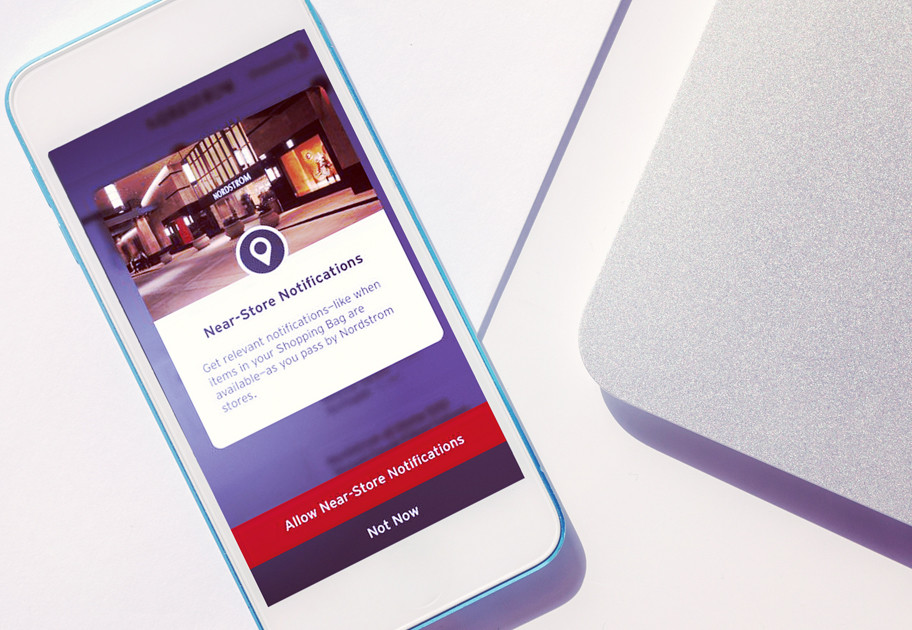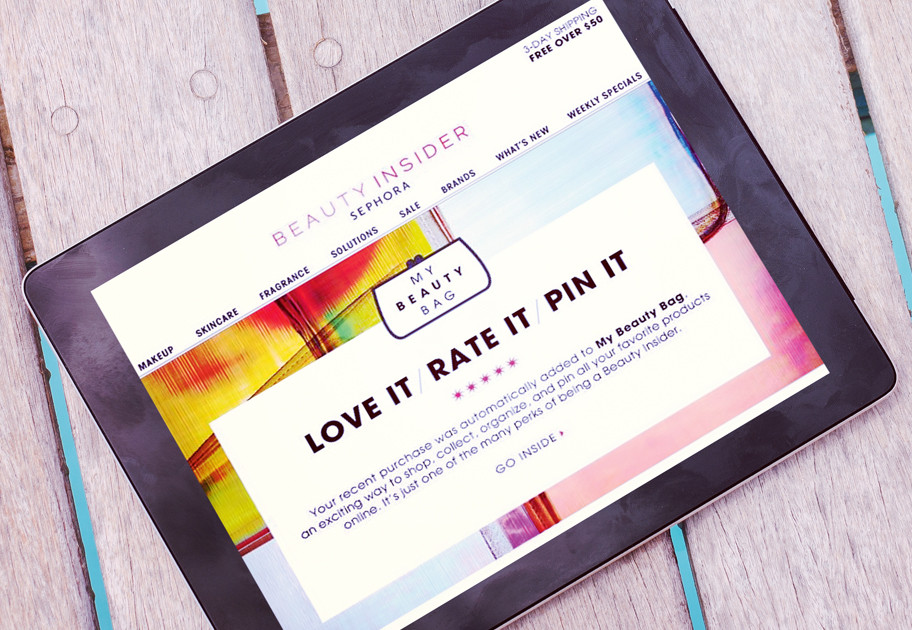JCPenney uses its mobile app as a bridge that connects the offline and online world to one another. Consumers can take a photo of a product on the street, after which the app gets to work and looks for a similar product on JCP.com. Once the product is found, it can be ordered directly in the app and picked up at one of the 1,000 stores: a seamless multichannel experience. Seamless, because JCPenney has completely optimised its store pick-up. The consumer can only choose from stores with sufficient stock, sufficient staff to make sure the order is ready, and takes overly busy days or special events into account where the item may seem to still be on the shelf, but in fact is already in someone else’s shopping trolley. Thanks to this intelligent use of data, JCPenney booked over 4% more revenue during this busy festive season compared to 2014.
Geo-fencing and iBeacons, or a combination of both, offer valuable possibilities in location-relevant communication. Large supermarkets such as Tesco, Carrefour and Walmart are already in the midst of experimenting with sending targeted messages to consumers within a certain radius of the store, as well as to customers who are already inside. By making clever use of data, the message can be even better attuned to the online buying behaviour. Nordstrom, for example, sends its store visitors a mobile push message if one of the items that is in the shopping cart at that moment is on sale.
Sephora is doing something rather similar. Members of its loyalty programme whose birthday it is or has just passed, and who are visiting the store, receive a push message via the mobile app which entitles them to a surprise gift package with a purchase during their birthday month. 80% of customers were eager to opt in to this service.
Starbucks is taking things a step further and has made its mobile app part of the overall ordering process. The Starbucks fan can already order coffee and pay for it in the app and, as soon as he or she walks into the Starbucks branch, automatically sends the signal to the staff, who make sure the coffee’s ready.
.png?width=641&height=253&name=Kega%20logo%20(white%20bg).png)


